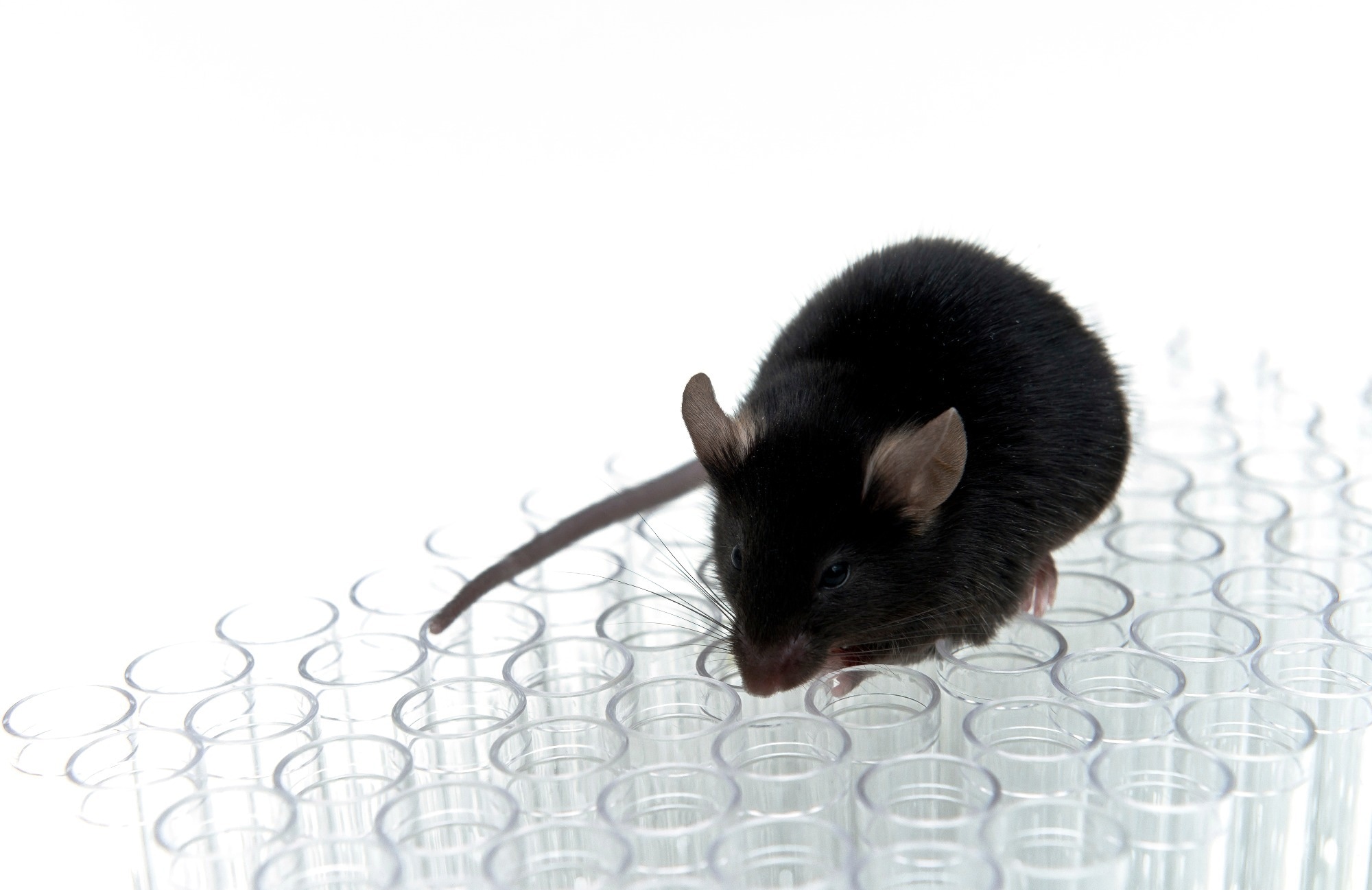In addition, they tested if it worked effectively as a booster in mice intramuscularly (IM) immunized with a messenger ribonucleic acid (mRNA)-lipid nanoparticle (LNP) COVID-19 vaccine.
They genetically engineered this vaccine based on the avirulent LaSota strain of Newcastle disease virus (NDV), a viral vector, to match spike (S) proteins of Omicron subvariants BA.1/5.
 Study: Intranasal SARS-CoV-2 Omicron Variant Vaccines Elicit Humoral and Cellular Mucosal Immunity in Mice. Image Credit: unoL/Shutterstock.com
Study: Intranasal SARS-CoV-2 Omicron Variant Vaccines Elicit Humoral and Cellular Mucosal Immunity in Mice. Image Credit: unoL/Shutterstock.com

 *Important notice: SSRN publishes preliminary scientific reports that are not peer-reviewed and, therefore, should not be regarded as conclusive, guide clinical practice/health-related behavior, or treated as established information.
*Important notice: SSRN publishes preliminary scientific reports that are not peer-reviewed and, therefore, should not be regarded as conclusive, guide clinical practice/health-related behavior, or treated as established information.
Background
The continuous emergence of severe acute respiratory syndrome coronavirus 2 (SARS-CoV-2) variants of concern (VOC), e.g., Omicron, with increased transmissibility and immune evasion potential, has led to the weakening of efficacy of the first-generation COVID-19 vaccines.
It raises the need for vaccine boosters that target Omicron subvariants to restore immunity against asymptomatic to mild COVID-19 and cease further SARS-CoV-2 transmission.
About the study
In the present study, researchers demonstrated the ability of live NDV-HXP-S IN vaccines to induce mucosal and systemic immunity in BALB/c mice. They vaccinated all test animals IN with 105 or 106 50% of egg embryo infectious dose (EID50) of NDV-HXP-S once or twice at an interval of four weeks.
The study had two control groups, a vector-only, and a negative-control group, where the latter was mock-vaccinated using phosphate buffer saline.
The team collected each animal's serum & nasal washes, and bronchoalveolar lavage fluid (BALF) four and eight weeks post-primary immunization and eight weeks after boosting, respectively. Further, they collected animal lungs eight weeks post-boosting
To test the immunogenicity of the NDV-HXP-S vaccine, the team IN vaccinated BALB/c mice two times at an interval of three weeks with 106 EID50 of NDV-HXP-S expressing ancestral, BA.1 or BA.5 S. Additionally, they investigated whether immunity developed against the viral vector interfered with the effect of boosting in the test animals.
So, the team vaccinated mice twice with 106 EID50 of NDV-HXP-S expressing ancestral S at a three-week gap, while the animals in the vector-only control group with wildtype LaSota NDV. Subsequently, they collected serum samples, nasal washes, and intestinal and vaginal lavages of unboosted test animals at day 197.
The researchers mimicked the real-world scenario in K18-hACE2 mice. First, they vaccinated them with five µg of mRNA-LNPs IM and then boosted them IN with NDV-HXP-S booster based on ancestral or BA.1 S, dosage 106 EID50.
After a week, they collected spleens for memory B cell analysis, and four weeks after boosting, they also collected their serum, nasal washes, vaginal and intestinal lavages, and lungs.
The team utilized flow cytometry (FC) with tetrameric B cell probes for B cell analysis. They used intravenous (IV) labeling with an anti-CD45 antibody to assess the effect of the IN NDV-HXP-S booster on S-specific circulating and extravascular CD8+ T cells.
Furthermore, the researchers characterized the systemic memory T cell responses using intracellular cytokine staining. To perform these experiments, they used splenocytes ex vivo stimulated overnight with an ancestral or BA.1 S-based peptide pool.
Results
The study results indicate the NDV-HXP-S variant vaccine's remarkable efficacy in eliciting humoral and cellular immunity irrespective of use in primary immunizations or boosting. Intriguingly, the IN administration of these vaccines also elicited high mucosal immunoglobulin A (IgA) and serum IgG titers against Omicron VOCs in mice.
Given the ability of the NDV-HXP-S COVID-19 vaccine candidate to induce adequate mucosal and systemic immunity, it could potentially reduce SARS-CoV-2 cases and onward transmission.
Other important observations made by the authors were that NDV-HXP-S variant vaccines induced antigen-specific memory B cells and locally induced T cell responses in the lungs of recipient mice. Also, IN boosting with NDV-HXP-S increased CD8+ T cell populations in mice lungs.
Furthermore, immunity to NDV vector did not interfere with the effects of boosting by NDV-HXP-S. Its booster dose administered IN in the upper respiratory tract (URT) improved serum IgG titers and induced mucosal immunity (IgA) at several mucosal sites, including the gut, URT, and the genitourinary tract, even in aged mice.
Thus, elderly individuals could greatly benefit from eliciting local, protective immunity in the URT, especially those unable to generate a robust immune response to IM vaccinations. This knowledge could also help improvise vaccines against many other viruses that infect via mucosal sites, e.g., human immunodeficiency virus (HIV).
Another advantage of the NDV-HXP-S vaccine is that it grows in embryonated chicken eggs and, thus, could be manufactured in existing influenza vaccine production facilities, which makes it an attractive low-cost option in low- and middle-income countries.
Conclusions
The study data proved that IN boosting with NDV-HXP-S post-IM mRNA-LNPs vaccination induced sufficient mucosal immunity and improved systemic immunity, thus supporting its use as an intranasal booster.
More importantly, this vaccine candidate showed promising results in phase I and II clinical trials, with favorable safety and immunogenicity profile.
Studies in hamster models would uncover whether NDV-HXP-S variant vaccines could also cease viral transmission; however, the current study established its versatility as a primary-series COVID-19 vaccine and a booster.

 *Important notice: SSRN publishes preliminary scientific reports that are not peer-reviewed and, therefore, should not be regarded as conclusive, guide clinical practice/health-related behavior, or treated as established information.
*Important notice: SSRN publishes preliminary scientific reports that are not peer-reviewed and, therefore, should not be regarded as conclusive, guide clinical practice/health-related behavior, or treated as established information.